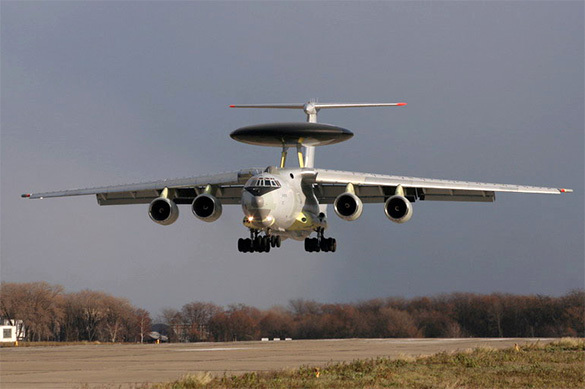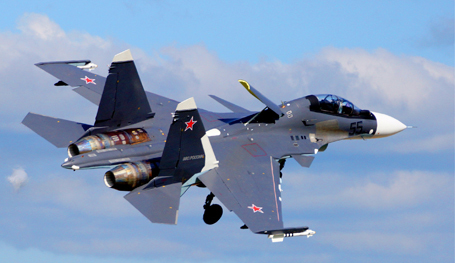Russia develops new system to hunt for US Raptors
The multifunctional long-range radar surveillance aviation complex A-100 will be able to detect new classes of targets, including next-generation operational-tactical aircraft, Russian Defence Minister, Army General Sergei Shoigu said.

"This complex will be able to rapidly build up the radar field in a given operational direction. Its development is conditioned by the appearance of new classes of targets, including next-generation operational-tactical aircraft," Shoigu said at a meeting at the Defence Ministry on May 2.
Within the scope of experimental design work, it is planned to create two aircraft: a flying laboratory and a prototype of a multifunctional aviation complex of radar surveillance and guidance, the minister added.
Obviously, next generation tactical aircraft stands for US fighter jets F-22 Raptor and F-35 Lightning II. However, there are many other countries that develop fifth-generation fighter aircraft as well.
The A-100 is being developed by Vega Radio Engineering Concern (part of Rostec). The system will be based on the previous generation of the A-50 system, which in turn was based on the IL-76 military transport aircraft. The equipment of the A-100 is to be subsequently used for the modernised Il-76MD-90A, TASS reports.
The A-100 is a system а long-range radar surveillance and guidance. These complexes are used to detect and accompany air targets, surface ships and inform command centres about situations. In addition, they can serve as air command posts and provide assistance to assault aircraft in aiming air, land and sea targets.
In late April 2017, the radio complex A-100 "Premier" was first tested in flight on a flying laboratory. Vladimir Verba, general director of Vega Concern, said: "Test flights of the laboratory aircraft give us unique information about the working capacity of the complex in a real situation, which can not be simulated on ground stands."
Clearly, there is no detailed information about the new complex so far. Some changes were made to the design of the fuselage of the aircraft - for example, the "mushroom" of the radar antenna, characteristic of radar surveillance systems, was dismantled. It was also said that radio engineering systems of new generation were installed on board the flying laboratory.
Noteworthy, the creation of the complex began in 2000, when defence concern Almaz-Antey won the tender. However, the Ministry of Defence terminated the agreement in 2002 and delivered the implementation of the project to Vega Concern. Seven years later, an Il-76 was provided for experiments.
American AWACS E-3S systems with the AN/APY-2 radar were designed for so-called network-centric war. In fact, it was the Pentagon that used the military doctrine in practice first. It goes about the creation of one single network of participants of military operations, which sharply increases the effectiveness of their actions. The concept is based on ideas of Soviet Marshal Nikolai Ogarkov, the creator of the Centre for Operational and Strategic Studies at the General Staff.
Currently, Russian Armed Forces use the A-50 complex, which was adopted in 1989. As of March of the current year, the Russian Air Force has received four of such upgraded complexes. Several of such complexes were shipped to China and India.
Anton Kulikov
Pravda.Ru
Read article on the Russian version of Pravda.Ru
Subscribe to Pravda.Ru Telegram channel, Facebook, RSS!



